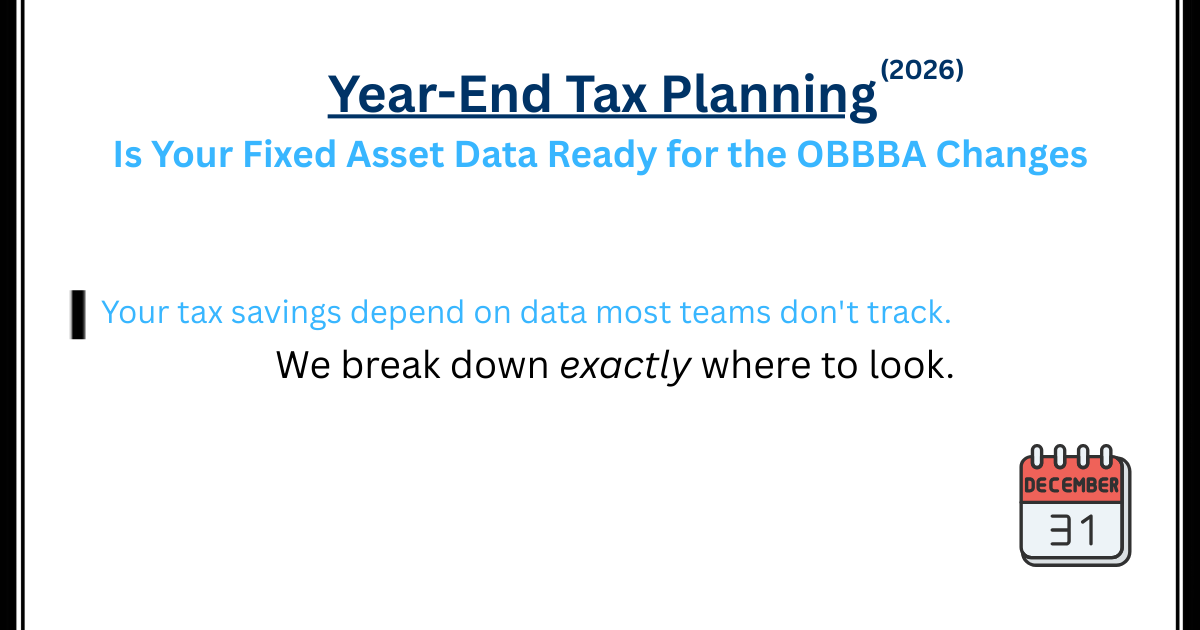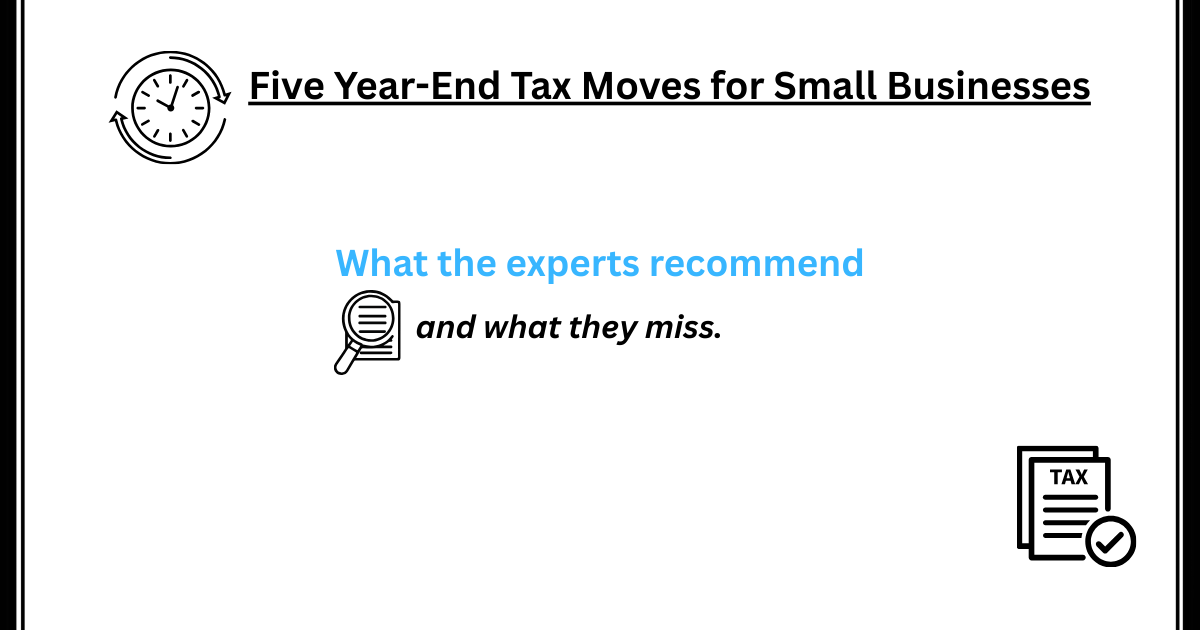There’s a quiet line item in your balance sheet that, if mismanaged, can wreak havoc on tax filings, audits, and your long-term financial health: fixed assets.
From laptops and trucks to industrial machinery and office buildings, every physical asset you own requires precise accounting. Yet, many finance teams are still stuck using spreadsheets or outdated legacy systems, increasing the risk of errors, tax overpayment, and compliance failures.
Enter fixed assets accounting software—a purpose-built solution that automates depreciation, centralizes asset data, and strengthens financial reporting.
This guide explains everything decision-makers need to know about fixed assets accounting software in 2025, including key features, must-have compliance capabilities, and how to select the right platform for your business.
What Is Fixed Assets Accounting Software?
Fixed assets accounting software is designed to help businesses track, manage, and depreciate their long-term assets—automating key financial and operational processes tied to asset lifecycle management.
It replaces manual tracking or siloed systems with a centralized platform that handles:
- Acquisition tracking
- Depreciation schedules
- Book and tax calculations
- Asset transfers and disposals
- Regulatory and audit reporting
- Financial forecasting
In short: it ensures your fixed assets are accurately represented in your financial statements, tax returns, and operational planning.
Why You Can’t Rely on Spreadsheets or General Accounting Software Alone
Generic accounting tools like QuickBooks or Xero provide basic asset tracking—but fall short when handling real-world depreciation, audits, or multi-book accounting.
According to Deloitte, companies using spreadsheets for fixed asset tracking are 60% more likely to misstate their depreciation expense. That’s not just a risk—it’s a liability.
Who Needs Fixed Assets Accounting Software?
While every business with capital assets benefits from dedicated software, these industries face the highest stakes:
- Manufacturing: High-value machinery, frequent depreciation updates, strict compliance
- Healthcare: Federally funded assets, strict audit oversight
- Education: Grant tracking, government reporting
- Construction: Equipment sharing, frequent asset movement
- Financial Services: Precise tax reporting, investor transparency
But even small businesses with just 15–20 assets can realize time and cost savings from implementing a scalable solution early.
Key Features to Look For in Fixed Assets Accounting Software
1. Support for Multiple Depreciation Methods
Software should support:
- MACRS (General and Alternative)
- ACRS
- Straight Line (SL)
- Declining Balance (DB)
- Custom methods based on asset policy or region
2. Multi-Book Accounting
You need to manage separate schedules for:
- Tax depreciation
- Book depreciation (GAAP/IFRS)
- AMT (Alternative Minimum Tax)
- State/local variations
This is especially critical for organizations juggling regulatory and operational reporting simultaneously.
3. Automated Compliance & Audit Trails
Must-haves:
- Time-stamped changes
- Role-based access
- IRS audit-compliant reporting
- Exportable schedules (Excel, PDF, CSV)
4. Asset Lifecycle Management
Track every movement:
- Acquisitions
- Transfers (intra-departmental or inter-location)
- Impairments
- Repairs or upgrades
- Retirements/disposals
5. Forecasting & Financial Planning Tools
Ability to:
- Project depreciation over 3–10 years
- Model asset replacement schedules
- Run “what-if” depreciation scenarios for mergers, divestitures, or tax strategy
6. Integration with ERP and GL Systems
Look for plug-and-play or API-based integrations with:
- QuickBooks
- Sage Intacct
- NetSuite
- Microsoft Dynamics
- SAP
This ensures depreciation entries are automatically synced with your financial system.
Top Fixed Assets Accounting Software Solutions (2025)
1. Bassets Fixed Assets
Best for: Mid-sized businesses and enterprises needing scalable, compliance-ready depreciation and lifecycle tracking.
Why it stands out:
- Preloaded with IRS-compliant schedules
- Multi-book support across tax, book, AMT, and state
- Full audit trails, user roles, and reporting exports
- Flexible deployment: on-prem, cloud, or hybrid
- Forecasting and ROI modeling built-in
Bassets is often chosen by companies replacing Sage Fixed Assets due to its modern UX, faster onboarding, and stronger support.
2. Sage Fixed Assets
Best for: Enterprise organizations with internal IT teams and on-premise preferences.
Pros:
- Comprehensive depreciation options
- Strong multi-book capabilities
Cons:
- Dated interface, steep learning curve
- High cost of ownership
- Limited integration flexibility
3. Asset Panda
Best for: Companies prioritizing mobile tracking, barcoding, and inventory-style management.
Strengths:
- Excellent mobile UI
- Good for physical audits
Limitations:
- Weak in tax depreciation and audit compliance
- Better suited for operations than finance teams
4. NetSuite Fixed Assets
Best for: Companies already using Oracle NetSuite ERP.
Pros:
- Deep integration with GL and accounting modules
- Real-time financial visibility
Cons:
- Requires NetSuite license
- High cost and implementation time
Bassets vs. the Rest: Feature-by-Feature Breakdown
Common Questions About Fixed Assets Accounting Software
Q: Do I need fixed asset software if I use QuickBooks or Xero?
Yes. These platforms offer only basic tracking and a single book of depreciation. For compliance, audits, or tax strategy, you need dedicated asset software.
Q: What’s the ROI of implementing fixed asset software?
Companies typically save:
- 30–40% of time spent on manual tracking
- Thousands annually in avoided tax overpayments
- Countless hours in audit prep and compliance checks
Q: Can fixed asset software help with insurance or grant compliance?
Absolutely. By tracking asset value, condition, and funding source, it helps verify coverage and grant reporting accuracy.
Q: Is cloud better than on-premise?
It depends. Cloud enables real-time access, easier scaling, and lower IT overhead. On-prem may be better for industries with strict data security mandates (e.g., healthcare, government).
The Bottom Line: Fixed Assets Software Isn’t Optional—It’s Foundational
Your fixed assets may not be liquid, but they’re far from dormant.
Every day they depreciate, age, and move. Every month they affect your books, taxes, and financial strategy. And every year they show up in audits, funding reviews, and board reports.
The only way to manage them accurately, efficiently, and strategically is with fixed assets accounting software.
Ready to See a Better Way to Manage Your Assets?
Bassets Fixed Assets delivers the compliance, accuracy, and forecasting power finance teams need—without the overhead of legacy tools.
👉 Schedule a personalized demo and see how our platform can modernize your fixed asset accounting in just days.

.webp)
.webp)

.png)


